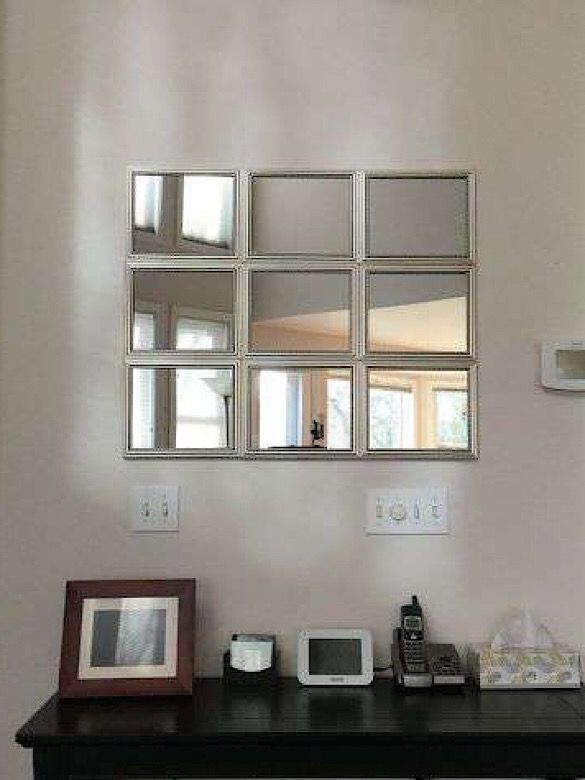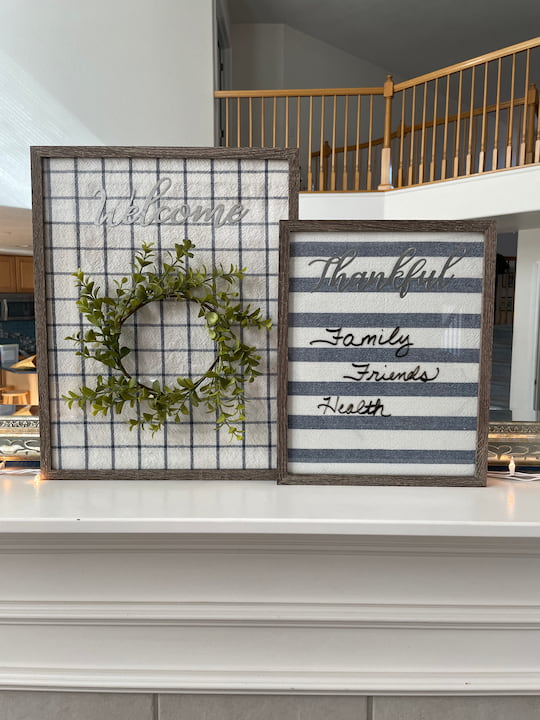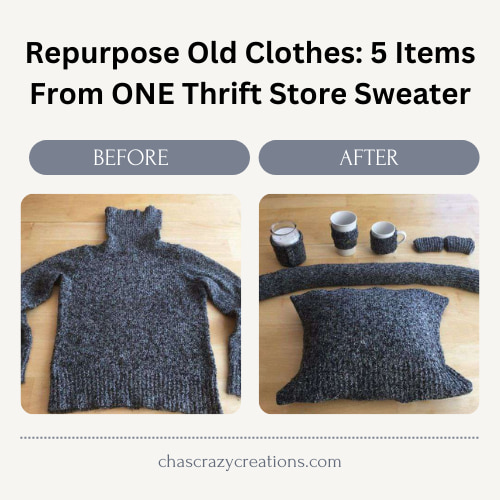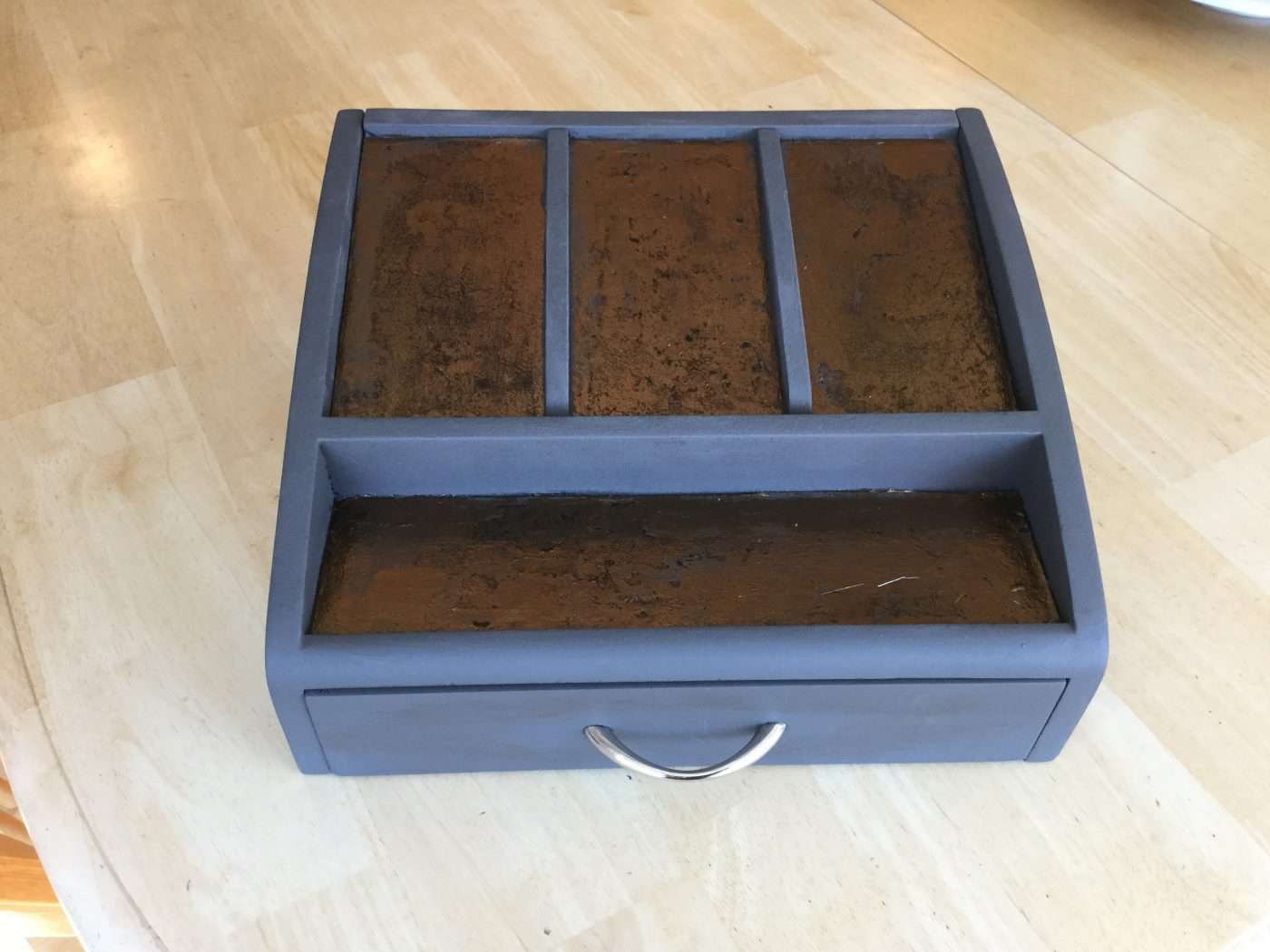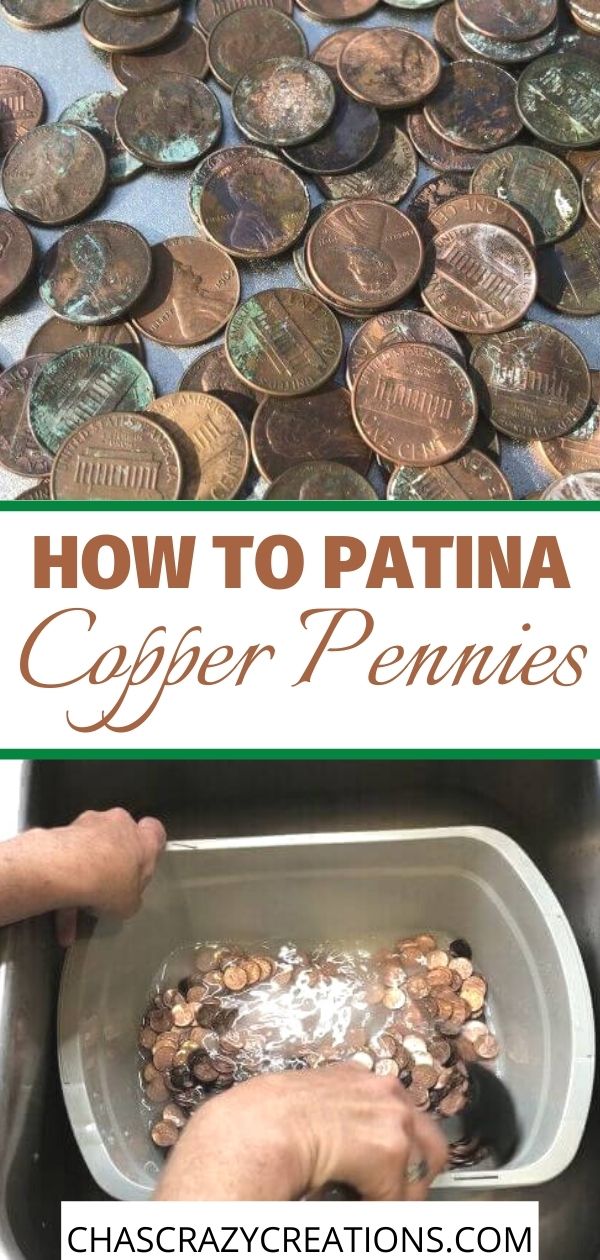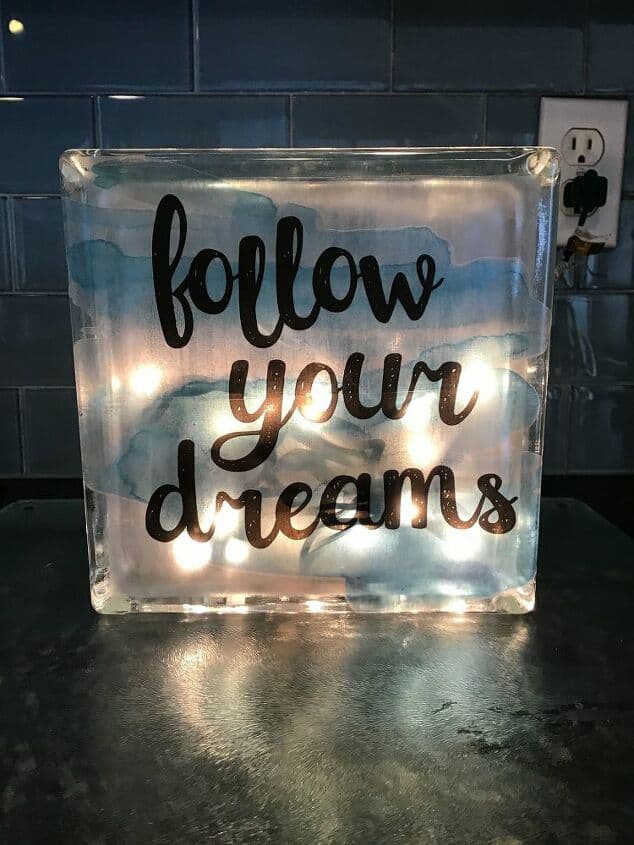How To Make A Flower Arrangement: Ultimate Guide
Are you wondering how to make a flower arrangement? Are you looking to unleash your creativity while finding blissful tranquility? If so, welcome to the world of flower arranging! Let’s dive into the remarkable benefits of this beautiful relaxation-promoting art along with essential tips to help you make the most out of your floral designing journey.
This post may contain affiliate links, I earn from qualifying purchases at no extra cost to you. Click here for my disclosure policy
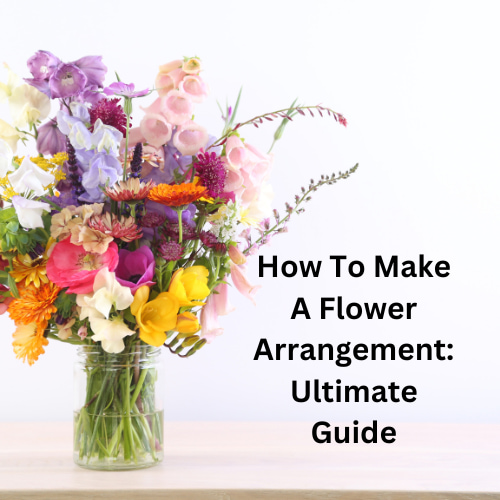
Engaging in the art of flower arranging is a delightful way to express your creativity while finding relaxation and serenity. By carefully selecting an assortment of beautiful blooms, arranging them thoughtfully, and experimenting with different textures and colors, you can create a personalized and stunning floral arrangement. In this guide, we will explore the steps involved in making a captivating bouquet or centerpiece that will leave you feeling accomplished and inspired.
How To Make A Flower Arrangement: Tips and Tricks
Table of Contents
- 1 How To Make A Flower Arrangement: Tips and Tricks
- 2 How do you make fresh flower centerpieces?
- 2.1 Carefully Choose a Variety of Flowers
- 2.2 Prioritize Freshness
- 2.3 Incorporate Greenery and Foliage
- 2.4 Prepare Your Tools and Vessel
- 2.5 Create a Solid Foundation
- 2.6 Begin Arranging with a Focal Point
- 2.7 Add Fillers and Contrasting Colors
- 2.8 Build Height and Volume
- 2.9 Adjust and Refine
- 2.10 Maintain Hydration and Freshness
- 2.11 Embrace Your Own Style and Enjoy the Process
- 3 The Benefits of Flower Arranging
- 4 A Creative Outlet for Relaxation
- 5 How To Make A Flower Arrangement Q & A
- 6 How to make a flower arrangement Final thoughts:
Floral arranging is more of an art than the average practical activity for a hobby. To create stunning floral masterpieces and maximize the relaxation experience, here are five tips you could find helpful.
To enhance your skills as a flower arranger, familiarize yourself with different design techniques such as clustering similar flowers together or creating contrast by varying colors, shapes, and textures.
Understanding the basic principles for creating harmony, balance, and visual appeal will allow you to create stunning arrangements with ease. Online tutorials and workshops can be great resources to expand your knowledge.
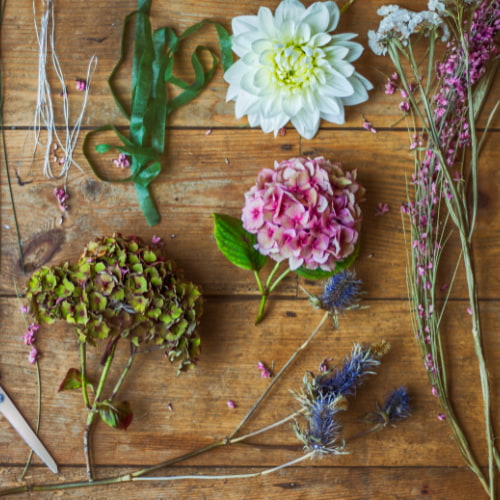
How do you make fresh flower centerpieces?
Carefully Choose a Variety of Flowers
When embarking on your flower arranging journey, begin by selecting a wide range of flowers in different colors, shapes, and sizes. Visit local farmers’ markets, grocery stores, or online marketplaces like Trader Joe’s to find an array of in-season blooms that suit your color scheme and preferences. As far as shopping online is concerned, you can find beautiful peonies at Bouqs and explore their vast selection of other fresh blooms that cater to various preferences. Consider incorporating peonies, tulips, hydrangeas, carnations, chrysanthemums, lilies, lilacs, or other blooms that catch your eye.
Prioritize Freshness
Always prioritize freshness when choosing your flowers. Fresh blossoms will last longer and maintain their vibrant appearance in your arrangements. To check for flower freshness, gently feel the petals and ensure they’re firm to the touch; also look for healthy leaves without signs of discoloration or wilting.
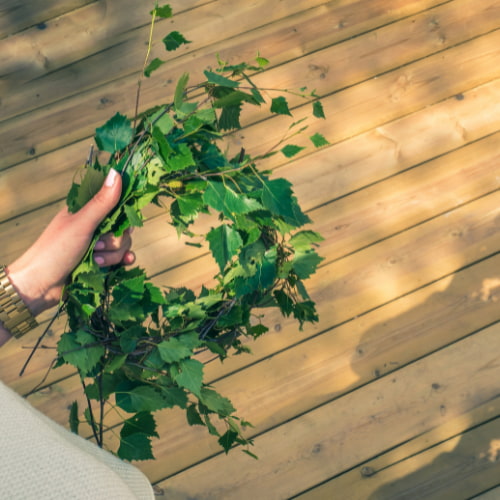
Incorporate Greenery and Foliage
To add depth and texture to your floral arrangement, don’t forget to include various types of greenery and foliage. Eucalyptus, ferns, or delicate leaves can act as fillers and complement your blooms beautifully. These elements will not only enhance the overall aesthetic but also provide a pleasing contrast to the colors and shapes of your flowers.
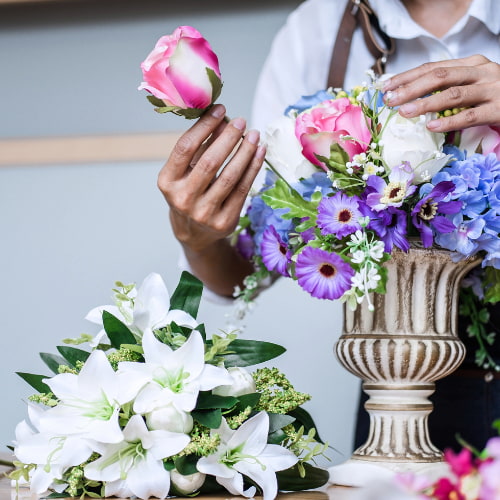
Prepare Your Tools and Vessel
Before diving into the arrangement process, gather all the necessary tools. Ensure you have:
- a clean vase or vessel
- floral tape
- sharp scissors or shears
- floral foam or chicken wire to hold the stems securely.
- Professional florists often use a grid or floral frog to provide structure and stability to the arrangement.
Whether you’re making small arrangements or large decorative masterpieces, investing in these essential tools ensures you’re well-prepared for any floral design project.
Create a Solid Foundation
To prolong the freshness of your blooms, it’s essential to hydrate them properly. If using floral foam, soak it in water until fully saturated, then place it in the vessel. For chicken wire or a floral frog, shape it to fit securely in the vessel. These mechanics will hold the stems in place and provide hydration.
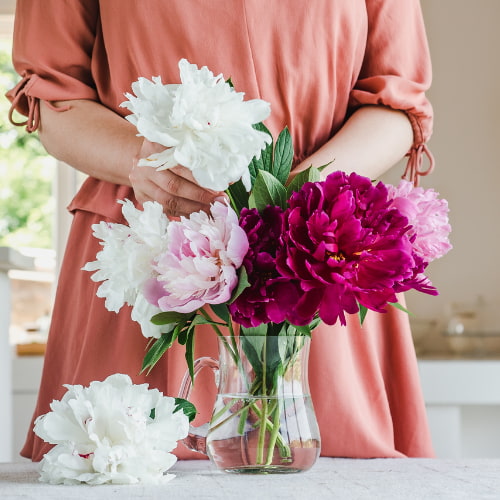
Begin Arranging with a Focal Point
Start your arrangement by selecting one or two key blooms as a focal points. Place them slightly off-center at varying angles, creating visual interest. These flowers will set the tone for the rest of the arrangement.
Add Fillers and Contrasting Colors
Gradually add filler flowers around the focal blooms, ensuring they fill the gaps and add depth. Choose fillers with different textures and colors to create a captivating contrast. Consider using white wax flowers or contrasting hues like pinks to achieve a visually pleasing result.
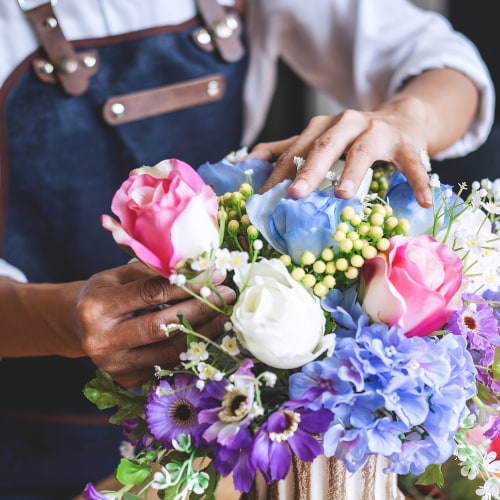
Build Height and Volume
Continue to add blooms and foliage, working your way out from the center. Build height by placing taller stems towards the back and shorter ones towards the front. This technique creates a dynamic arrangement with a natural flow.
Adjust and Refine
Throughout the process, step back occasionally to evaluate your arrangement. Make any necessary adjustments to achieve the desired shape and balance. Trim stems at varying lengths to maintain an organic and natural appearance.
Maintain Hydration and Freshness
To ensure your floral arrangement lasts longer, keep the vase filled with clean water. Trim the stems every few days, at a slight angle, to allow better water absorption and prevent the build-up of bacteria. Remove any wilted or decaying blooms and foliage promptly.
Embrace Your Own Style and Enjoy the Process
Remember, flower arranging is an art form, and there are no strict rules. Embrace your own unique style and let your creativity flourish. Don’t worry about achieving perfection; instead, focus on the joy and satisfaction that comes from creating a beautiful floral arrangement.
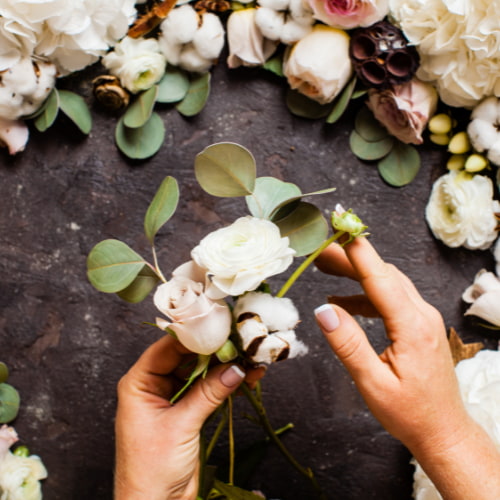
The Benefits of Flower Arranging
Even without minimal knowledge of how to make a flower arrangement, the activity offers numerous benefits. For instance, it can be incredibly calming to the mind. As you focus on creating beautiful arrangements, you find an escape from daily stressors.
Additionally, working with flowers allows you to harness your creativity. Rolling up your sleeves and getting your hands dirty fosters a sense of accomplishment and satisfaction that is truly fulfilling.
A Creative Outlet for Relaxation
Flower arranging serves as an excellent means to exercise your creativity while relaxing your mind simultaneously. By selecting unique flowers, thoughtfully arranging them, and continuously experimenting with new designs, you develop a personalized artistic expression.
This process not only fosters a sense of achievement but also helps you unwind and reflect, making flower arranging an appealing blend of relaxation and creative self-expression.
Shop any of these stores and I receive a small commission at no cost to you.
 Just Add Water: Easy Techni...Shop on Amazon
Just Add Water: Easy Techni...Shop on Amazon Hugs & Kisses in Opal Vase ...Shop on Amazon
Hugs & Kisses in Opal Vase ...Shop on Amazon Purple Extravagance in Opal...Shop on Amazon
Purple Extravagance in Opal...Shop on Amazon Enova Home Peony and Hydran...Shop on Amazon
Enova Home Peony and Hydran...Shop on Amazon

How To Make A Flower Arrangement Q & A
How do you make homemade flower arrangements?
Making homemade flower arrangements can be a creative and enjoyable process. Here’s a step-by-step guide to help you create your own beautiful floral arrangements:
- Gather your materials: Collect all the necessary materials, including fresh flowers, a clean vase or container, floral foam or chicken wire, floral tape, a sharp pair of scissors or floral shears, and any additional decorative elements you’d like to incorporate, such as greenery or ribbons.
- Prepare your flowers: Start by preparing your flowers for arranging. Remove any leaves that will be below the waterline to prevent bacteria growth. Trim the stems at an angle to promote better water absorption.
- Prepare the vase: If using floral foam, soak it in water until fully saturated. If using chicken wire, shape it to fit securely inside the vase. Both floral foam and chicken wire provide support for the stems and help retain water.
- Create a framework: Use floral tape to create a grid-like pattern across the mouth of the vase if you’re working with a wide opening. This grid will help hold the flowers in place and maintain their desired position.
- Start with the greenery: Begin by adding greenery or foliage to create a base and structure for your arrangement. Place them evenly around the edges of the vase, allowing some stems to extend outward for a natural look.
- Add focal flowers: Select a few focal flowers that will be the center of attention in your arrangement. These can be larger or more visually striking blooms. Place them in the vase, slightly off-center, at varying heights and angles to create interest and balance.
- Build layers: Gradually add other flowers, one type at a time, to create layers and texture. Place them between the greenery and the focal flowers, arranging them in a way that complements the overall design. Vary the heights and angles to create depth.
- Fill in with fillers: Use filler flowers or smaller blooms to fill any gaps and add volume to the arrangement. These fillers can have contrasting colors or textures to enhance the overall look.
- Evaluate and adjust: Step back and assess your arrangement. Make any necessary adjustments, such as trimming stems or rearranging flowers, to achieve the desired shape, balance, and visual appeal.
- Add finishing touches: Once you’re satisfied with the arrangement, add any additional decorative elements, such as ribbons, to enhance the overall presentation.
- Maintenance: Place the finished arrangement in a suitable location, away from direct sunlight and drafts. Keep the vase filled with clean water and change the water every few days to maintain the freshness of the flowers. Trim the stems periodically to promote water absorption.
Remember to let your creativity guide you throughout the process. Experiment with different flower combinations, colors, and styles to create unique and personalized homemade flower arrangements.
How to make cheap floral arrangements?
Making cheap floral arrangements can be a budget-friendly way to enjoy the beauty of flowers. Here are some tips to help you create affordable floral arrangements:
- Choose in-season blooms: Opt for flowers that are in season and readily available. In-season flowers tend to be more affordable because they are abundant and don’t require extensive transportation or import costs.
- Shop at local markets and grocery stores: Local farmers’ markets and grocery stores often offer a variety of affordable flowers. Check their floral sections for discounted or bulk options that can help you save money.
- Consider wildflowers or foraged blooms: Explore your surroundings for wildflowers or blooms that you can gather from your garden or nearby natural areas. Wildflowers and foraged blooms can add a unique and rustic charm to your floral arrangements, and they’re usually free.
- Use filler flowers and greenery: Incorporate filler flowers and greenery to add volume and texture to your arrangements. Fillers like baby’s breath, statice, or alstroemeria can be cost-effective options that still contribute to a beautiful display. Additionally, utilizing greenery like ferns, eucalyptus, or branches can add depth and visual interest without breaking the bank.
- Mix fresh and dried elements: Combine fresh flowers with dried elements, such as dried grasses, branches, or preserved flowers. Dried elements can be more affordable and can add an interesting and long-lasting element to your arrangements.
- Repurpose and recycle containers: Look for containers around your home that can be repurposed as vases or containers for your floral arrangements. Mason jars, glass bottles, or even empty cans can be transformed into charming vessels with a little creativity. You can also check thrift stores or yard sales for affordable containers.
- Use single varieties or monochromatic schemes: Limiting your floral arrangement to a single variety or sticking to a monochromatic color scheme can create a cohesive and elegant look. It also allows you to purchase a larger quantity of a single flower, which is often more affordable than buying several different types.
- Get creative with alternative arrangements: Explore alternative arrangements like flower wreaths, floral crowns, or bud vases. These arrangements require fewer flowers but can still make a beautiful impact.
- Consider potted plants: Instead of cut flowers, consider using potted plants or succulents as a cost-effective and longer-lasting alternative. You can arrange them in a cluster or incorporate them into a centerpiece for a unique and eco-friendly display.
- DIY and practice: Making your own floral arrangements allows you to save money on florist fees. Practice your arrangement skills and experiment with different techniques to improve your ability to create beautiful arrangements on a budget.
Remember, the beauty of floral arrangements lies not only in the cost of the flowers but also in your creativity and personal touch. With a little imagination and resourcefulness, you can create stunning floral displays that won’t break the bank.
What are the basic rules of flower arrangement?
The basic rules of flower arrangement, often referred to as the principles of floral design, provide guidelines for creating visually appealing and harmonious arrangements. While these rules can be flexible and allow for personal creativity, understanding and applying them can help achieve balanced and aesthetically pleasing compositions. Here are some fundamental principles:
- Balance: Achieve balance by distributing visual weight evenly throughout the arrangement. There are two types of balance:
- Symmetrical Balance: Create a mirror image by placing similar flowers and elements in a balanced manner on either side of a central axis.
- Asymmetrical Balance: Use different elements and varying heights to create balance without mirror symmetry.
- Proportion and Scale: Consider the size, shape, and height of the flowers, foliage, and container. Choose elements that are proportionate to each other and the size of the arrangement. Avoid overcrowding or sparse placements.
- Emphasis and Focal Point: Create a focal point or emphasis within the arrangement. It could be a larger, more vibrant, or unique flower, or a different color or texture that draws the eye and serves as the center of visual interest.
- Rhythm and Repetition: Create a sense of movement and flow within the arrangement by repeating similar flowers, colors, or shapes. This repetition adds visual interest and coherence to the composition.
- Harmony and Unity: Ensure that all elements of the arrangement work together harmoniously. Consider color schemes, complementary or contrasting textures, and cohesive styles to achieve a unified and visually pleasing result.
- Depth and Perspective: Create a three-dimensional effect by placing flowers at varying heights and depths within the arrangement. Use techniques like layering and angling to add depth and dimension.
- Contrast: Incorporate contrasting elements such as color, texture, shape, or size to add visual impact and create a dynamic arrangement.
- Negative Space: Allow for empty or negative spaces within the arrangement to give the flowers and elements room to breathe. Negative space can enhance the overall composition and highlight the beauty of the flowers.
Remember, these rules are meant to be a guide and artistic expression is encouraged. Experimentation and personal style can lead to unique and captivating floral arrangements.
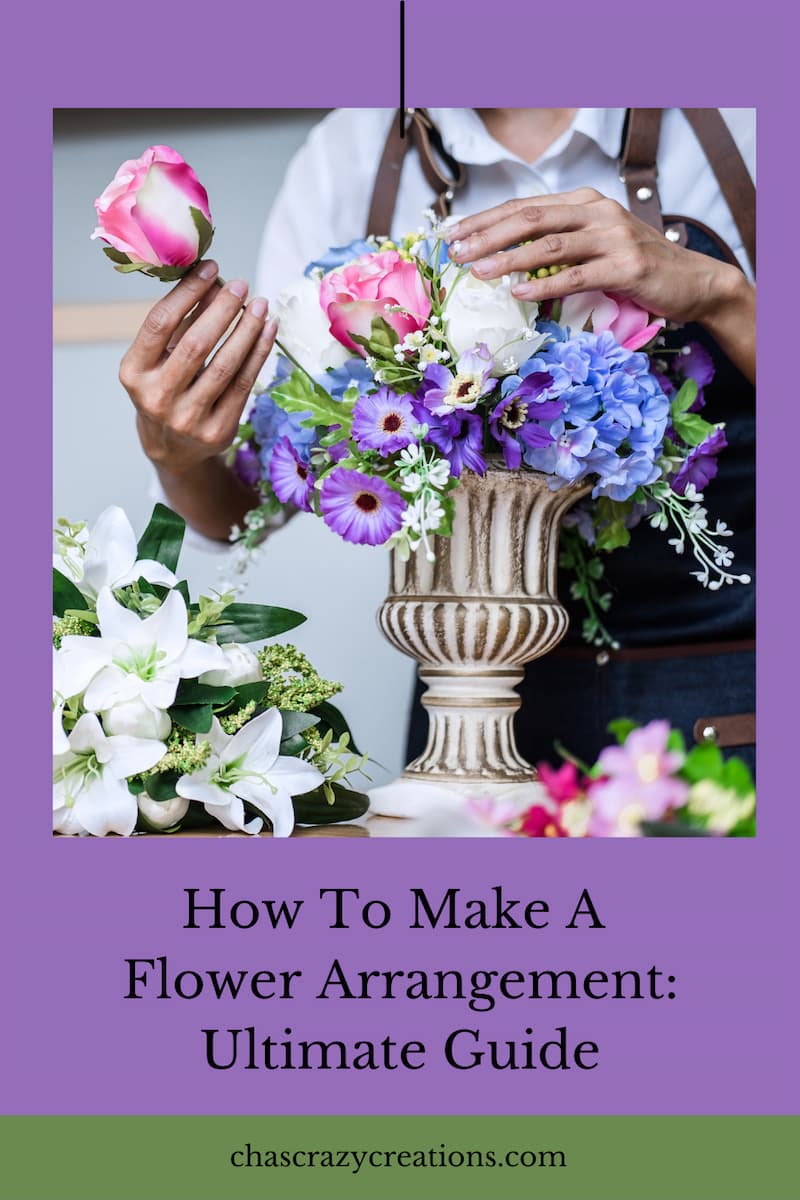
How to make a flower arrangement Final thoughts:
With these tips and tricks, you’re now equipped to create your own stunning DIY flower arrangement. Whether it’s a vibrant bouquet or an elegant centerpiece, let your imagination take flight and enjoy the therapeutic and creative process of flower arranging.



